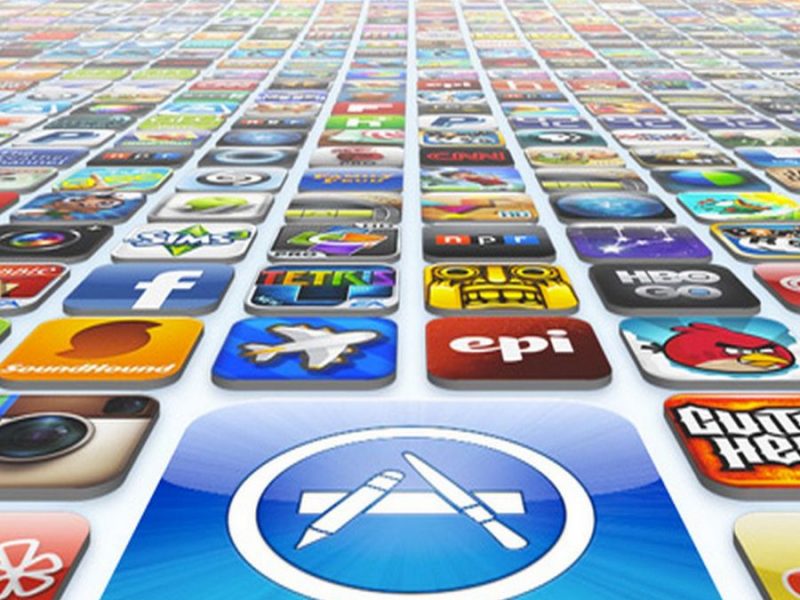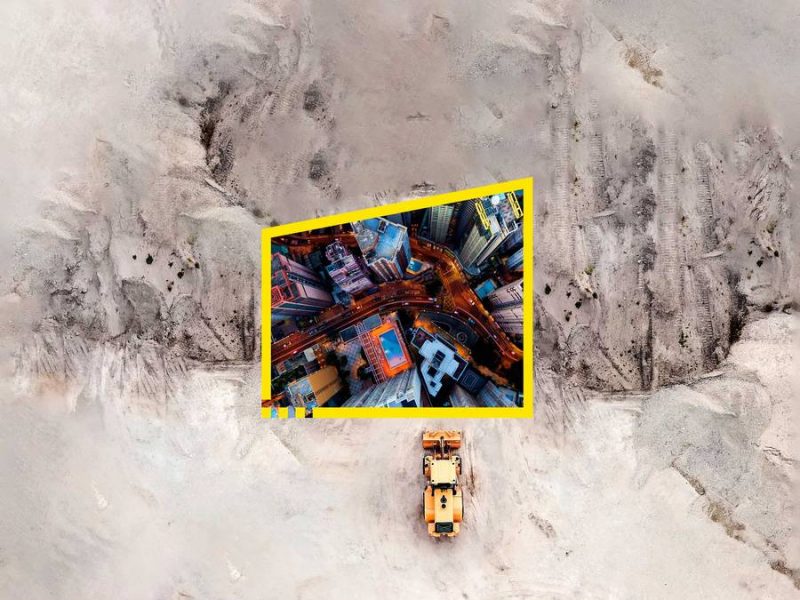
5G super speeds are coming
At the 2017 Mobile World Congress trade show, Roger Gurnani, then the chief information and technology architect for Verizon, walked on stage at a Samsung event to talk about the two companies’ work on developing 5G.
Gurnani spoke of the field trials that were under way, and at the end he teased that we might see a Samsung 5G phone in a year. It wasn’t clear whether he was joking — the Samsung executive next to him looked surprised by the suggestion.
Fast-forward to this year’s show, and the only thing certain is that no 5G phone exists.
That’s the hype of 5G, the next-generation wireless technology that promises to be significantly faster and more responsive than anything before it. In some cases — such as its potential application in self-driving cars, telemedicine, the trend of devices called internet of things — it can be life-changing.
But so far, it’s mostly been promises. Unless you’re in one of a few select towns — fans of the HGTV show “Fixer Upper” will appreciate that Chip and Joanna Gaines’ Magnolia Market at the Silos shopping complex in Waco, Texas, has an early form of AT&T’s 5G — the superfast technology is just something you’ve read about.
The good news at MWC 2018 is that 5G is steadily progressing from hype to reality. Verizon and AT&T plan to launch limited mobile 5G service this year, while T-Mobile and Sprint are setting things up now for a commercial launch early next year. Handset makers and chipmakers are working to get devices ready for 2019 as well.
The bad news: The early days of 5G will bring some growing pains, and those promised insane speeds may not show up consistently — or at all. After a poll of the network experts at MWC, here’s what the industry thinks mobile 5G will look like when carriers finally flip the switch, – writes cnet.com.






